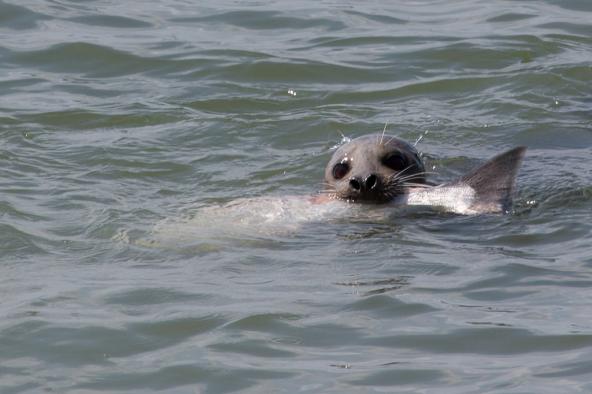U.S. enforcement of the prohibition against importing fish grown or caught in violation of the Marine Mammal Protection Act is slated to begin on Jan 1, 2022.
Scottish salmon worth GBP 200 million a year could be banned as early as January 2022 if producers don’t stop shooting or using acoustic deterrent devices, reports the Sunday Times.
The US has banned such acoustic deterrent devices (ADDs) and is set to outlaw any imports from producers that use them, it wrote.
Third-party countries have been handed a deadline of March 2021 to prove that their laws match up to the American Marine Mammal Protection Act. (MMPA).
Speaking to the Sunday Times, Hamish Macdonell, director of strategic engagement for the Scottish Salmon Producers Organisation, insisted that a way would be found to satisfy US laws.
He said: “The Scottish salmon farming sector is very aware of the MMPA and has been working closely with the UK and Scottish governments and the American authorities for some time now.
“We are confident that everything necessary will be in place well before the 2022 deadline to ensure Scottish exports continue to this most important of markets.
“It is not clear whether acoustic seal scarers will come under the provisions of the MMPA, but these devices represent just one of many methods farmers use to keep seals away from farms.
“Scotland’s salmon farmers have also invested significant sums in new anti-seal nets as well as seal blinds and other measures to keep our fish safe from seals and other predators.”
The Scottish government told the publication that: “The US market for farmed salmon is extremely important to Scotland. We are regularly engaging with the UK government, the EU, other salmon producing nations and US officials to discuss the act.”
Hoping to circumnavigate the ban, a company called GenusWave is working on a new technology that is in development with support from marine biologists at St Andrews University. The company say that the Startle Reflex sends a higher frequency that targets seals but does not affect other marine life. “Isolated sound pulses that cover a specific frequency range tailored to each species are used to trigger the reflex which is followed by a flight response and naturally conditions the targeted animals to avoid the protected area,” GenusWave claimed on its site.


